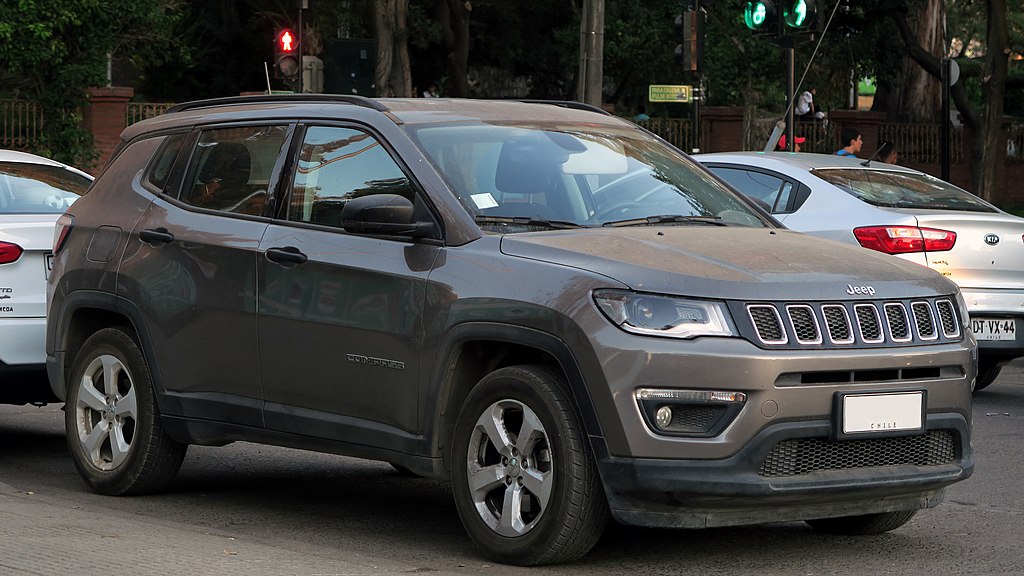What to Consider Before Buying an SUV
Sport Utility Vehicles have become increasingly popular for their versatility and commanding presence on the road. However, before rushing to purchase an SUV, potential buyers should carefully evaluate whether this vehicle type aligns with their specific needs, lifestyle, and budget. Understanding the practical limitations and financial implications can help consumers make informed decisions that they won't regret later.

The allure of SUVs is undeniable – spacious interiors, higher driving positions, and a sense of security make them attractive options for many car shoppers. However, behind their appealing features lie important considerations that should factor into your purchasing decision. From substantial fuel costs to practical limitations in certain environments, taking time to evaluate whether an SUV truly fits your lifestyle can save you from potential buyer’s remorse.
Fuel Efficiency Challenges of SUVs
SUVs typically consume significantly more fuel than sedans or compact cars due to their larger size, weight, and often less aerodynamic design. Most full-size SUVs average between 15-20 miles per gallon in combined driving conditions, compared to 25-35 mpg for midsize sedans. This efficiency gap translates directly to higher ongoing costs throughout vehicle ownership. For example, driving 15,000 miles annually could mean spending $800-1,200 more on fuel each year compared to a more efficient vehicle. Additionally, the environmental impact of higher carbon emissions should be factored into the decision for environmentally conscious buyers.
Understanding SUV Maintenance and Repair Costs
Maintenance expenses for SUVs often exceed those of smaller vehicles due to several factors. Larger, more complex engines require more oil during changes and typically have more components that can fail. Tires for SUVs are generally larger and more expensive, with replacements costing 20-40% more than those for standard cars. Four-wheel-drive and all-wheel-drive systems, common in many SUVs, add another layer of maintenance requirements and potential repair costs. When these specialized systems need service, repair bills can easily reach into thousands of dollars, particularly for luxury models with proprietary technology.
How Your Driving Environment Impacts SUV Practicality
While SUVs excel in certain environments, they may be impractical in others. In rural areas with unpaved roads or regions with severe winter conditions, the higher ground clearance and available all-wheel drive can provide genuine advantages. However, in dense urban environments, SUVs present significant challenges. Their larger footprints make parking more difficult, especially in older cities with limited space. Navigating narrow streets and tight parking garages becomes notably more stressful. City dwellers should carefully consider whether these daily inconveniences outweigh the occasional benefits of extra cargo space or passenger capacity.
Matching Your Lifestyle to the Right Vehicle Type
Assessing your typical driving patterns and lifestyle needs is crucial before committing to an SUV. For families regularly transporting multiple children and their equipment, or outdoor enthusiasts hauling gear for camping or sports activities, an SUV’s space advantages may justify its drawbacks. However, if your primary use involves commuting alone or with one passenger, or if you rarely need significant cargo capacity, smaller vehicle alternatives could better serve your needs while saving money. Consider tracking your actual space requirements for a month before shopping to gain clarity on what size vehicle truly fits your lifestyle.
Financial Implications Beyond the Purchase Price
The true cost of SUV ownership extends well beyond the initial purchase price. Insurance premiums for SUVs typically run 10-20% higher than comparable sedans due to their higher replacement costs and potential for damage. Depreciation rates vary widely among SUV models, with some losing value more rapidly than their sedan counterparts. Additionally, financing costs increase proportionally with higher vehicle prices, meaning more interest paid over the life of a loan. These combined factors can add thousands to the total cost of ownership over a five-year period.
Comparing Popular SUV Models and Their Practical Limitations
When evaluating specific SUV models, understanding their particular strengths and limitations helps identify the best match for your needs.
| SUV Model Category | Average Fuel Economy | Typical Annual Maintenance Cost | City Parking Difficulty | Starting MSRP Range |
|---|---|---|---|---|
| Compact SUVs | 24-30 mpg combined | $650-850 | Moderate | $25,000-35,000 |
| Midsize SUVs | 20-26 mpg combined | $800-1,100 | Challenging | $33,000-45,000 |
| Full-size SUVs | 15-21 mpg combined | $1,000-1,500 | Very Difficult | $50,000-70,000 |
| Luxury SUVs | 15-25 mpg combined | $1,200-2,000+ | Challenging | $45,000-90,000+ |
Prices, rates, or cost estimates mentioned in this article are based on the latest available information but may change over time. Independent research is advised before making financial decisions.
Environmental and Social Considerations
The environmental impact of driving a larger vehicle extends beyond fuel consumption. SUVs generally produce more emissions during both manufacturing and operation. Some studies suggest SUVs emit approximately 20% more carbon dioxide than medium-sized cars. Additionally, their larger size and higher front profiles can present increased risks to pedestrians and cyclists in accidents. These factors may be important considerations for environmentally and socially conscious consumers who want their vehicle choice to align with their values.
Making an informed decision about purchasing an SUV requires honest assessment of your actual needs versus wants. While the appeal of these versatile vehicles is strong, taking time to evaluate the financial implications, practical limitations, and alignment with your lifestyle will lead to greater satisfaction with your purchase. Consider test-driving different vehicle types, including smaller alternatives, before making your final decision. The right vehicle for you balances functionality, cost, and practicality in ways that serve your specific circumstances rather than following broader market trends.




